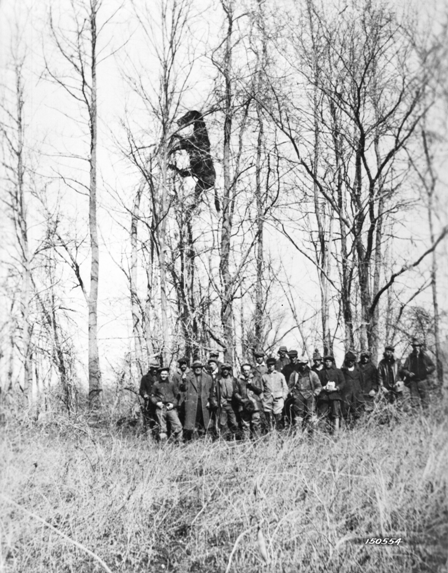Good Monday morning to you. I awoke to a new year with a relatively old theme: It's cold out there again. At 1.6 degrees, I am not sure if my rosemary plant in the garden will survive this, especially if temperatures will be colder tomorrow morning.
Before I get to the January outlook, let's review the month of December. It sure looked like the month was going to be a lock for well-below normal temperatures and an avenging snowpack that was sure to exceed last year's totals for the whole winter.
The 'thaw' that we had during the middle of the month almost upset Old Man Winter's one and done special.
Paducah finished at only -0.2 degrees from normal.
Louisville at -0.9 degrees
Lexington at -1.1 degrees
Bowling Green at -0.9 degrees
Frankfort at -0.4 degrees
Jackson at -1.7 degrees
London at -2.3 degrees.
Many areas were above normal last week. Therefore, it took a monumental comeback for Old Man Winter to pull this one out. Because his other offensive weapon, the snow, did not make much of an impact. Plenty of appearances, but not much contribution.
January Outlook
The beginning of January is set up perfectly for Old Man Winter. Bitter cold air will last most of the week with temperatures sure to dip below zero on a few occasions for several locations, mostly without snow covering the ground.
Before I proceed with the rest of the outlook, I want to show you part of my reasoning for what I am about to say.
Show Me #1...
These are the teleconnections I often follow: PNA, NAO, EPO and one other one not listed here, AO (more on that one in a moment).
The PNA has had a nice run of positive, sometimes very positive readings. That blocking along the west coast provides a bullish signal for cold air to plunge anywhere east of the Rockies. Look at how it weakens a little. That signal tells me that some type of storm system or systems is encroaching upon that blocking mechanism. You can see that well for the time period of January 5-11. Keep that in mind.
Show Me #2....
The AO teleconnection, perhaps the most notorious signal for depicting winter's effects on our region, shows an exciting feature. This has been a consistent signal, but now the majority of the ensembles are now on board. Look at how the AO declines sharply for a few days, then suddenly ascends sharply, forming a V-shaped appearance on the chart.
The PNA blocking pattern that weakens during the January 5-11 time frame corresponds nicely to this V-shaped feature from the AO. That means temperatures will try to begin to modify as either Pacific and/or Gulf of Mexico moisture is introduced to the country's mid section. If the air is cold enough, it may take a longer time to scour out the cold at the surface as the upper levels attempt to warm as well. Keep that one in mind.
Show Me #3....
This map is from the Climate Prediction Center for the time period of January 6-10. Notice that below normal temperatures are still a consensus favorite for the region. However, the air has significantly modified to the west of our region, in response to a storm system or series of storm systems that has tapped into either Pacific moisture or Gulf of Mexico moisture or both that causes temperatures to rise in response to the advancing features.
Looking at the precipitation map, chances for above normal precipitation exist across two main areas, a large chunk of the West and a smaller portion of the Midwest, including central and western Kentucky.
Now, I have not looked at any computer models. I think we know how flippity-floppity they can be. But, the signals that I am looking at all seem to point toward something significant will happen during the January 5-11 time frame.
Depending on how strong the storm system(s) becomes will determine the eventual path these system(s) will take. This is where a decent snowpack could have made a huge difference in our region. Since we do not have much in the way of snow depth, the cold air may not be as difficult to scour out as storm systems approach.
But, looking at the CPC map above, central and western Kentucky look to see the best chance for above normal precipitation. Perhaps they would see more of a liquid event. Or there could be a rain/ice line that eventually transitions to an ice/snow line to all snow the farther east one travels in the state. That would seem to the make the most sense. Nevertheless, this particular time frame needs to be monitored.
For the second half of the month, initial cold will eventually lose its grip and transition to a more favorable pattern of seasonal cold and perhaps above normal temperatures at times. Still, I would not rule out another blast of cold air arriving later this month.
MS






